FOR ALL AGES
So…first things first: what exactly is bushcraft?
Essentially, bushcraft means wilderness living skills. It is the knowledge and skills we have to live, thrive and survive in an outdoor environment.
Let’s face it, the most natural environment we can be in is the outdoors. We are hard-wired to absorb daylight, not blue light. For the last 80,000 years, sitting around a fire, forming a tribe, sharing food, stories and problem solving has been, and still is, our best form of communication.
Time perhaps, to return to basics and practice the collective skills of our ancestors once more.
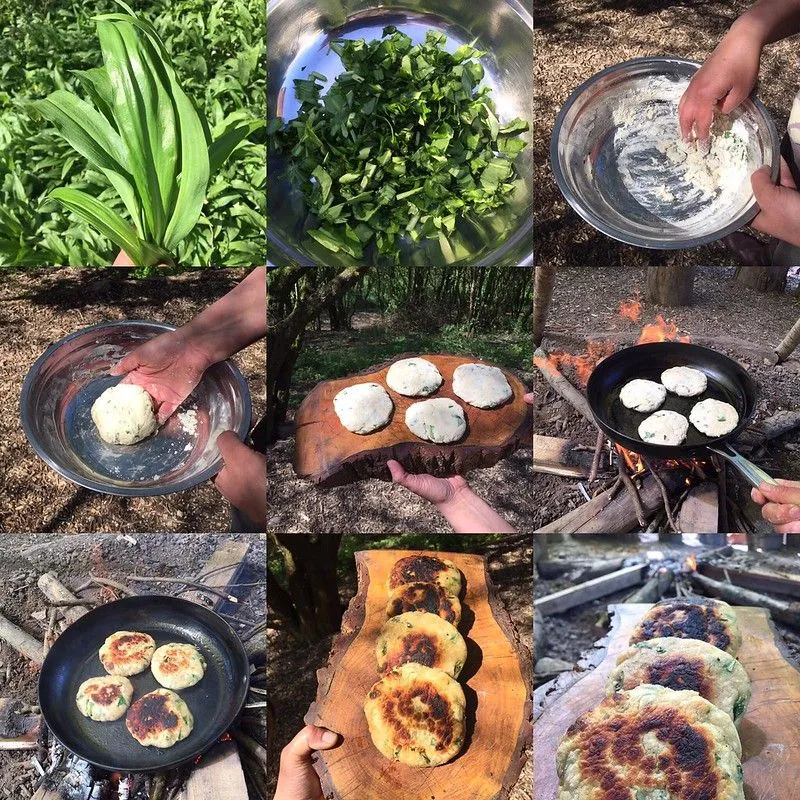
How To Make Bannock Bread
If you’re lucky enough to be walking through a patch of countryside on your daily outing, you will usually smell wild garlic before you see it. Garlic is a fantastic item to forage for and is easily identifiable due to its large leaves and strong smell. It is also a great way for children to engage all of their senses.
Tip: An indicator of ancient woodland, you can find garlic in shady woods where they grow in abundance in spring. Take from the back of the bunch and only as much as you need.
Of course, there are no measuring jugs or scales in the woodland, so follow my simple recipe to make delicious campfire bannocks.
To make one portion you will need:
A pinch of salt
1 cup of water
2 heaped large spoonfuls of flour
A splash of cooking oil
A mixing bowl
A frying pan
A campfire, BBQ or stove
Method: Mix the salt, flour and chopped garlic in a bowl. Gradually add the water, a splash at a time and mix with your fingers. Mix until the ingredients stick together and form a dough-like consistency. Flatten like a thick, round pancake. Heat the oil in a pan and cook the bannock bread for around 3-minutes each side, or more if needed.
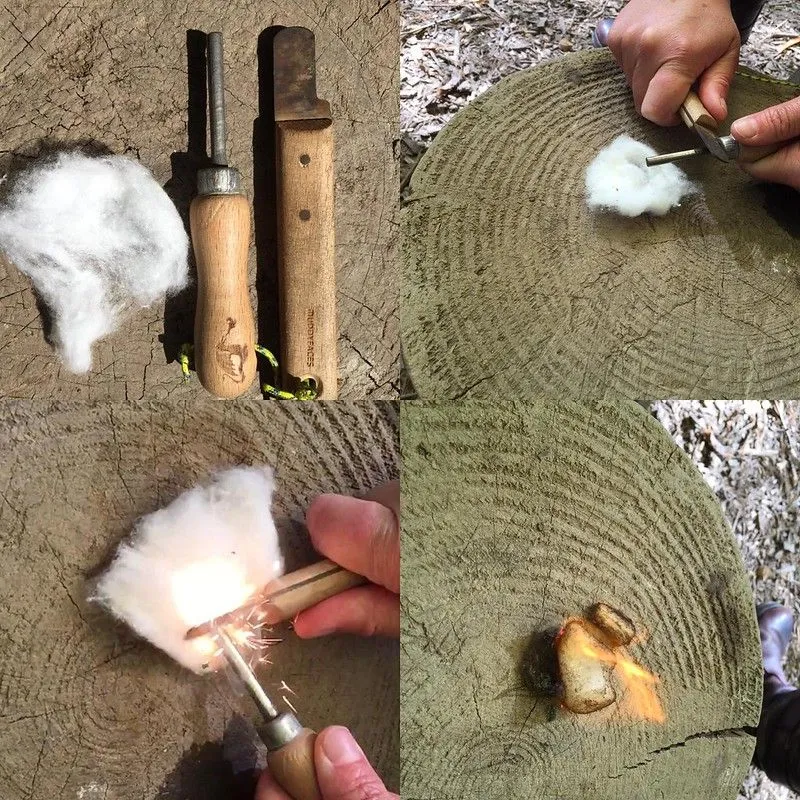
When we think about fire we often don't think about why there might be a need for it, but actually, fire is essential for our survival. It provides light, warmth, can be a signal for help, can warn-off predators and is an excellent method of cooking. One of my favourite ways of making fire is using a ‘ferrocerium’ fire striker.
Tip: You can find these strikers in most outdoor shops (online, too!), however I prefer the ones with large grips as they are easier for little hands to learn on, with supervision of course.
You will need:
One ferrocerium fire striker
A small piece of cotton wool
Please note: Adult supervision required. Do not touch the cotton wool whilst alight, or immediately afterwards. Tuck in all loose clothing and tie hair back prior to commencing.
Method: Place the cotton wool on a flat outdoor surface on the floor. A stone or log will suffice. Ensure there is nothing else on that surface. Gently pull at the wool turning it into a giant fluffy cloud to increase its surface mass and aid in the catching of a spark. Kneel next to the log or stone. If right handed, take the rod in your left hand and place the tip of it onto the cotton wool. With the steel in your right hand lay its edge on to the rod and push down at speed driving it into the cotton wool. This should produce a spark and the cotton will ignite. Let it burn out and allow the remnants to cool before touching. If you have a campfire, see if you can light your fire using this method.
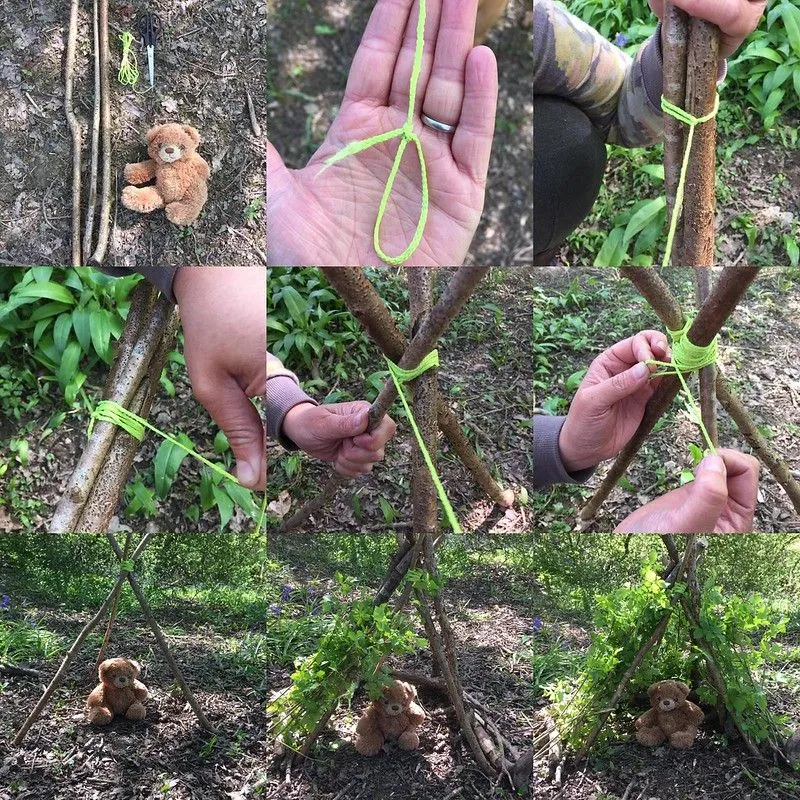
Shelter building is not only fun but can be great for children’s physical development. It brings children’s games to life, develops problem solving and encourages kids to work as part of a team. These are all essential skills children will need as they negotiate this crazy world we call life. But not everyone has access to huge sticks and tarpaulins, so why not build a mini-den for your favourite toy whilst out on your next woodland adventure, or even in your garden or front room?
You will need:
- String
- A pair of scissors
- A selection of sticks and brash
- Your chosen toy
Method: Cut approximately 1-metre of string. Locate three sticks the same length (this will be dictated by the size of your toy) and gather them together. Tie a loop in the end of your string. Arrange the sticks alongside each other on the floor. Take the string and place the looped end around all three sticks at one end, leaving an inch or two from the top. Take the other end of string and place through the loop, now tighten and this should begin to secure all three sticks together. At this point pick up the sticks and open out the base (the other end to the string), thus forming a stable wigwam shape. Continue to wind the string around the fixing point until tight enough to support itself. Make a small loop and feed the end though (repeat until knot is formed). Begin to lay other sticks both vertically and horizontally around the base. Finish by layering on the brash to give an element of camouflage and wind breaking properties to your shelter.
So, what do you think? Where will your next family bushcraft adventure take place?
Louise Goldsmith runs Hidden Valley Bushcraft and The Woodland Kindergarten in Somerset with her husband, Nick.
Read The Disclaimer
At Kidadl we pride ourselves on offering families original ideas to make the most of time spent together at home or out and about, wherever you are in the world. We strive to recommend the very best things that are suggested by our community and are things we would do ourselves - our aim is to be the trusted friend to parents.
We try our very best, but cannot guarantee perfection. We will always aim to give you accurate information at the date of publication - however, information does change, so it’s important you do your own research, double-check and make the decision that is right for your family.
Kidadl provides inspiration to entertain and educate your children. We recognise that not all activities and ideas are appropriate and suitable for all children and families or in all circumstances. Our recommended activities are based on age but these are a guide. We recommend that these ideas are used as inspiration, that ideas are undertaken with appropriate adult supervision, and that each adult uses their own discretion and knowledge of their children to consider the safety and suitability.
Kidadl cannot accept liability for the execution of these ideas, and parental supervision is advised at all times, as safety is paramount. Anyone using the information provided by Kidadl does so at their own risk and we can not accept liability if things go wrong.
Kidadl is independent and to make our service free to you the reader we are supported by advertising.
We hope you love our recommendations for products and services! What we suggest is selected independently by the Kidadl team. If you purchase using the buy now button we may earn a small commission. This does not influence our choices. Please note: prices are correct and items are available at the time the article was published.
Kidadl has a number of affiliate partners that we work with including Amazon. Please note that Kidadl is a participant in the Amazon Services LLC Associates Program, an affiliate advertising program designed to provide a means for sites to earn advertising fees by advertising and linking to amazon.
We also link to other websites, but are not responsible for their content.
Was this article helpful?

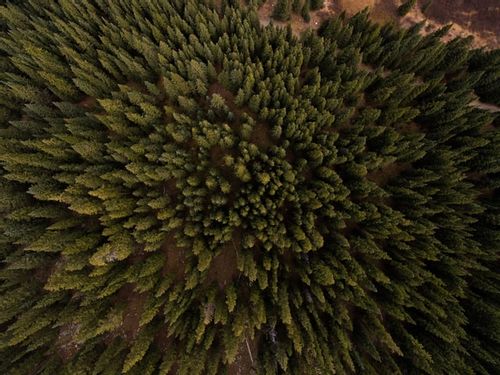
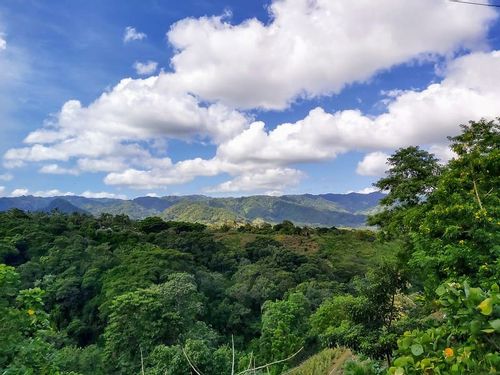
Browse Category

We’ll send you tons of inspiration to help you find a hidden gem in your local area or plan a big day out.



Check your inbox for your latest news from us. You have subscribed to:
Remember that you can always manage your preferences or unsubscribe through the link at the foot of each newsletter.